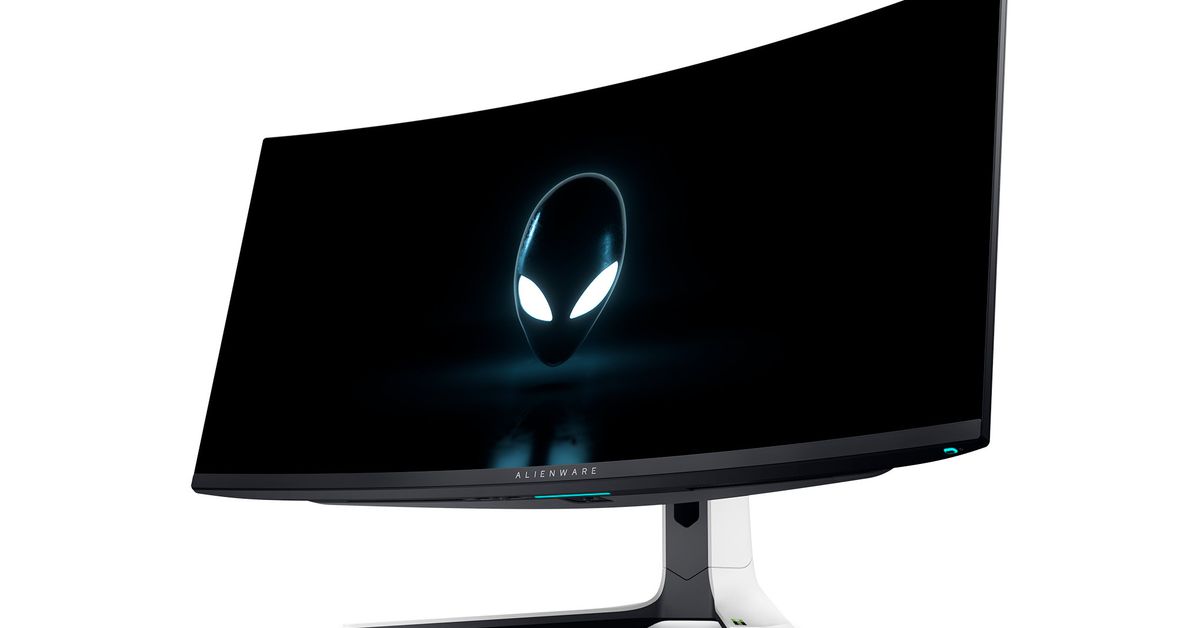
By Tasleem Arif
Shape has constantly fascinated the world at large. Be it in the automotive industry that’s known for its wondrous prototypes or the world of design that has pushed the boundaries of shape to bring to the consumers aesthetics befitting of their desires and imagination. So why should the smartphone be any different? The last decade has witnessed some of the fastest evolving creations in the world of smartphones. All of them are driven towards uplifting the users’ experience in relation to the smartphone.
In the past two decades, the mobile form factor has evolved into numerous designs and shapes. From the bulky ‘brick’ style GSM powered mobile phones in the 90s to sleek foldable phones of the 21st century, innovators haven’t failed to convert ‘pipe dreams’ into a reality. After the arrival of touchscreen, the only real differentiation was a bigger screen. Hence, the form factor in smartphones for many years remained constant until rollable and foldable made their grand entry. Let’s take a sneak peek into the future of smartphones, looks-wise.
Rollable smartphones: Beginning a new era of form factors, rollable displays bring forth a renewed state-of-art experience where the screen behaves like paper on a scroll-triggered by the user’s input as intended. Targeted towards both the creator economy as well as content consumption and the gaming community, the screen provides unique uses like opening a video, or e-book and the smartphone automatically adjusts the screen size to suit the aspect ratio, providing a wholly immersive experience. Courtesy a combination of a fixed and sliding frame, the mechanism helps protect the device no matter what size the display is set to. As the display unrolls or retracts, the sliding frame and the rear battery cover move off the panel to provide better protection and a seamless experience. In addition, a unique water-drop hinge design has also been introduced that solves some of the biggest pain points in foldable devices by widening the angle of the fold in the display and offering a buffer when the display folds. This results in a minimal crease that’s up to 80% less noticeable compared with previous devices and also practically eliminates the gap between the display when folded, offering a more integrated look and better protects the inner display from scratches.
Swivelling display: Another form that’s going to take the smartphone industry by storm is the swivelling display. The second screen can either act independently of the larger screen and it swivels to form a T shape.
Creaseless foldable: While foldable phones were doing rounds with rollable to bring immersive smartphone experience and to fascinate users, they have been known to crease. Addressing this concern, now, creaseless folds that replicate a mirage are on the verge of becoming a reality. Thanks to technology and innovation, creative hinge mechanisms are being used to prevent creasing issues in foldable phones.
Future of form-factor: Foldable phones have made noteworthy leaps in their journey, and if experts are to be believed, foldable screens are here to stay. However, they will evolve into new form factors like multiple foldable devices, or perhaps even smartphones designed to match the size of laptops. The world of innovations, technology and smartphones have been mesmerised by one form after another. Reinventing with form-factor makes for a thrilling journey as it gives users an entirely new experience.
The writer is VP & R&D head, Oppo India
TheSpuzz .. Click here to join our channel and stay updated with the latest Biz news and updates.


/cdn.vox-cdn.com/uploads/chorus_asset/file/23935561/acastro_STK103__04.jpg)
/cdn.vox-cdn.com/uploads/chorus_asset/file/25420631/Screen_Shot_2024_04_26_at_1.29.30_PM.png)


